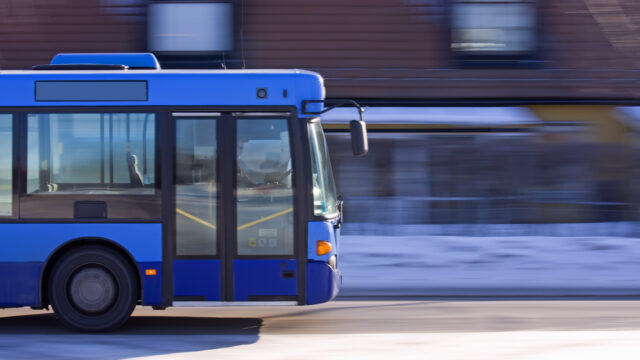What’s Public Health Got to do With… Transportation

By Karon Phillips, Ph.D., MPH, CHES, and Megan Wolfe, JD
Without appropriate and accessible transportation options, older adults may miss crucial medical appointments, miss opportunities for social engagement, and be limited in their ability to visit with family and shop for nutritious foods. Lower income older adults face even greater challenges, often being unaware of transportation options in their communities. In fact, transportation is an important social determinant of health on its own, and lack of it can have a negative impact on other health and social needs.
A recent Kaiser Health News article found that volunteer drivers, relied upon very heavily in rural areas, are in sharp decline, further limiting availability of transportation options in areas where they are already limited or nonexistent.
To gain a deeper understanding of the challenges in accessing appropriate and affordable transportation options and highlight areas to promote equitable approaches, the National Aging and Disability Transportation Center (NADTC) launched its “Diversity, Equity, and Inclusion” initiative to help ensure that transportation services for older adults and those with disabilities is both equitable and accessible. In addition to identifying transportation needs, NADTC sought to identify promising practices and provide education, guidance, and support for communities and providers. Focus groups were conducted to better understand the needs of older adults in different parts of the country. NADTC specifically sought to learn how experiences accessing transportation might be impacted by race, ethnicity, culture, sexual orientation, or other personal characteristics.
Some key findings include:
- The primary destinations for both diverse older adults and younger adults with disabilities are to medical appointments, grocery stores, pharmacies, and to visit family or friends.
- Evening and weekend hours were the most crucial to making social connections.
- Greater frustrations were experienced by those seeking transportation to neighboring communities or cities.
- Major barriers to transportation include not having family and friends to rely on for transportation, not enough public transit, concerns about transportation costs, and concerns about COVID-19.
Given the well-documented complication that older adults experience when they have limited to no social interactions and given the role of public health organizations organizations in the community, state and local health departments can serve as a connector to help support equitable access to transportation.
- Departments of health can share and promote information about transportation services.
- Departments of health can collect, analyze, and translate date on community transportation needs to support existing and new opportunities.
- Departments of health can help coordinate transportation programs and services across the life course to help conserve and better target resources.